Hidden Continent Discovered After Vanishing Over 100 Million Years Ago
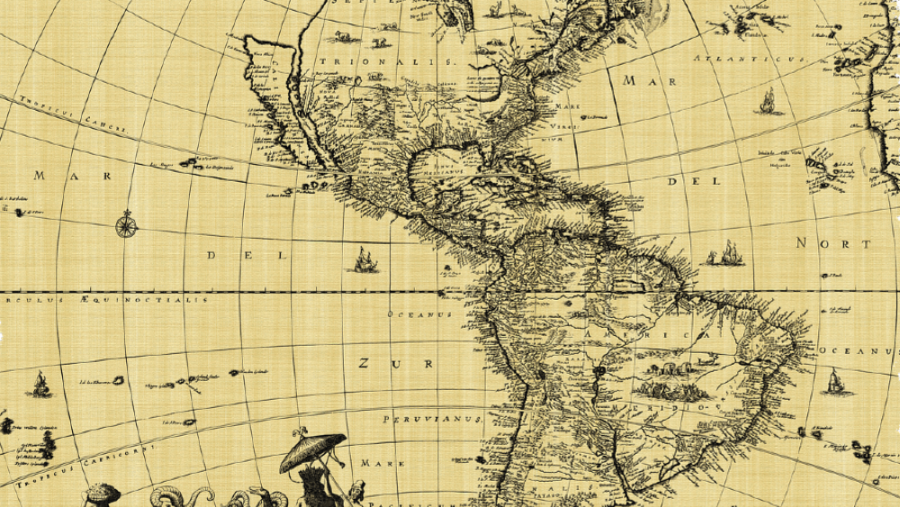
According to a write-up in ScienceAlert, researchers believe they have discovered the lost landmass of Argoland, an ancient continent ranging over 3,000 miles across, which has been lost for over 115 million years. The continent, which split off from modern-day Australia, seems to be lying dormant under the Eastern islands of Southeast Asia. Scientists had previously struggled to locate any trace of the missing landmass, with fossil records failing to surface throughout centuries of searching.
Argoland Is Located
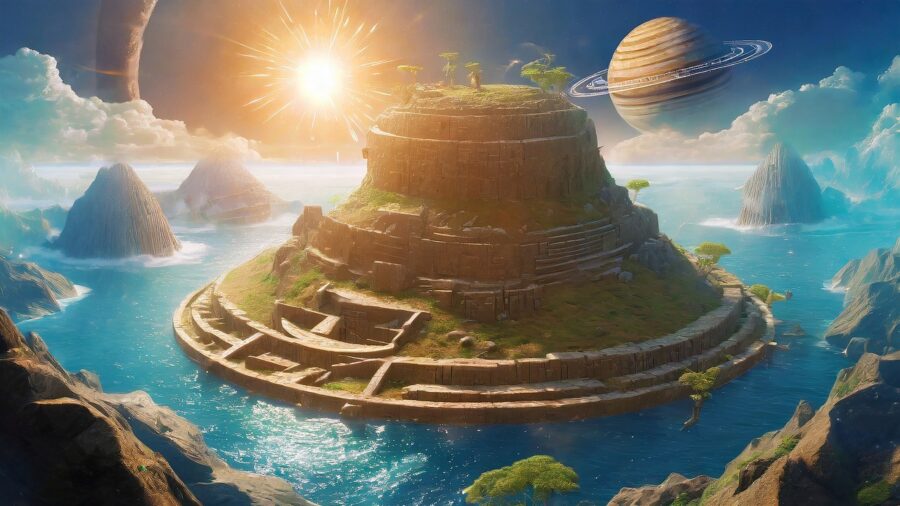
The continent, whose name sounds like a Ben Affleck-themed theme park based on the 2012 film Argo, seems to be responsible for a number of baffling scientific discoveries, including the Wallace line. The Wallace line serves as a previously unidentified boundary border that separates Australian and Southeast Asian fauna from one another, leaving researchers baffled at the firm distinction.
Now that a team of scientists from Utrecht University in the Netherlands have discovered traces of Argoland beneath the ocean, geologists suspect the ecological differences of the region can be explained by the continent’s fragmentation.
Argoland Was Once Connected To Australia
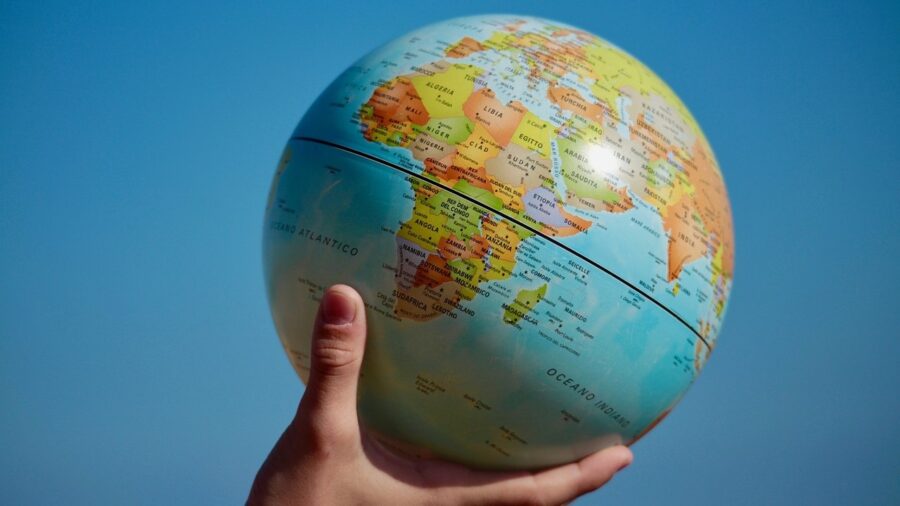
After splitting from Australia millions of years ago, Argoland seems to have broken into a billion-piece puzzle of so-called “ribbon continents” which left geologists scratching their heads. One author of a recent study on the region, Eldert Advokaat, explained that his team spent over seven years constructing the pieces of this mystery before they were confident enough to present their findings.
The team apparently had a breakthrough of thought when they posed the idea that Argoland split into millions of pieces when it broke off from Australia, rather than other continental plates such as Africa and South America, which split in two massive but even chunks.
Pieces Of Argoland Were Discovered In The Ocean
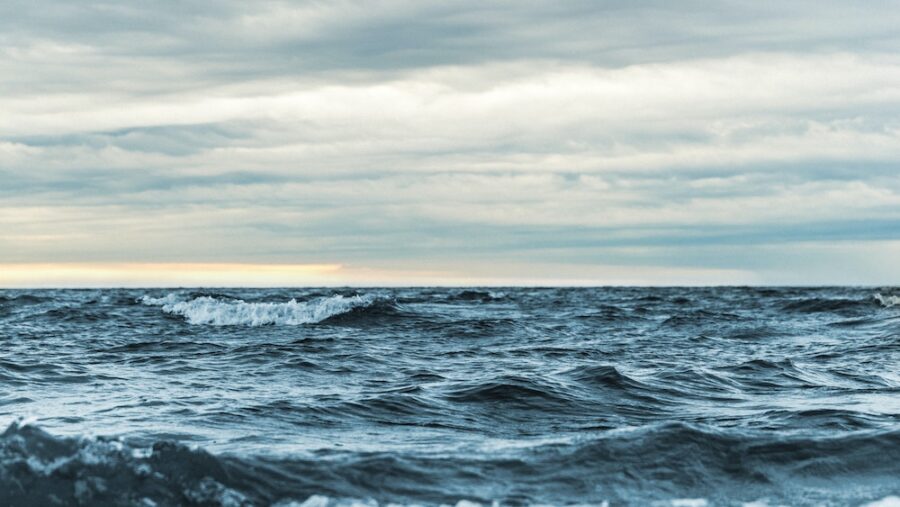
For Argoland, this split was more like a shattering of glass, sending small fragments to sink into the ocean in traces that wound up thousands of miles away from the other parts. This obstructed views of the landmass’ journey helped geologists to piece together a firmer grasp on the shards’ trajectory, with the largest pieces potentially becoming small island masses off the coast of East Indonesia.
The Lost Continent Solves Mysteries
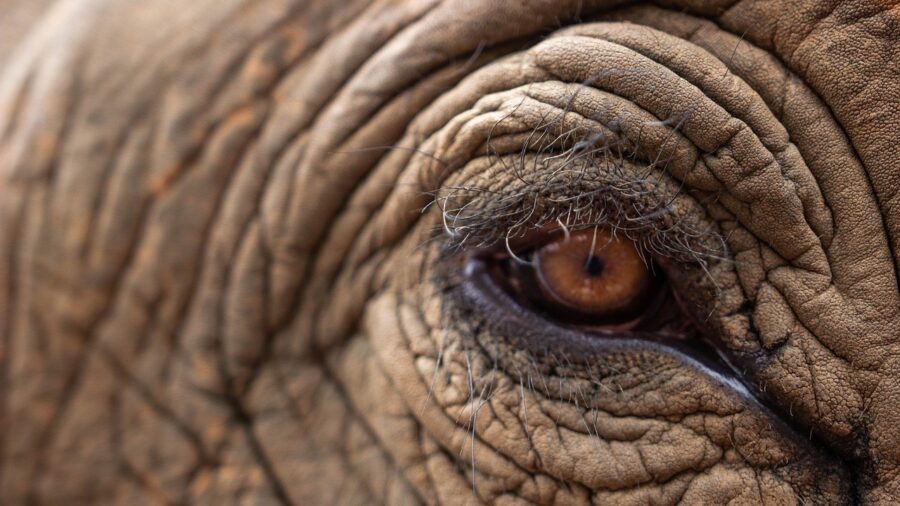
With this research likely concluding the truth about the history of Argoland, scientists believe to have finally garnered a full grasp on the Wallace line, as well as a number of geographical mysteries from the region. Scientists now believe that the land masses which sunk into the ocean after splitting from Australia were responsible for constructing firm barriers between certain kinds of wildlife such as marsupials and cockatoos, which are found in Australia, and tigers, elephants, and apes, which are found in Southeast Asia.
Planet Earth Still Holds Plenty Of Mysteries To Unravel
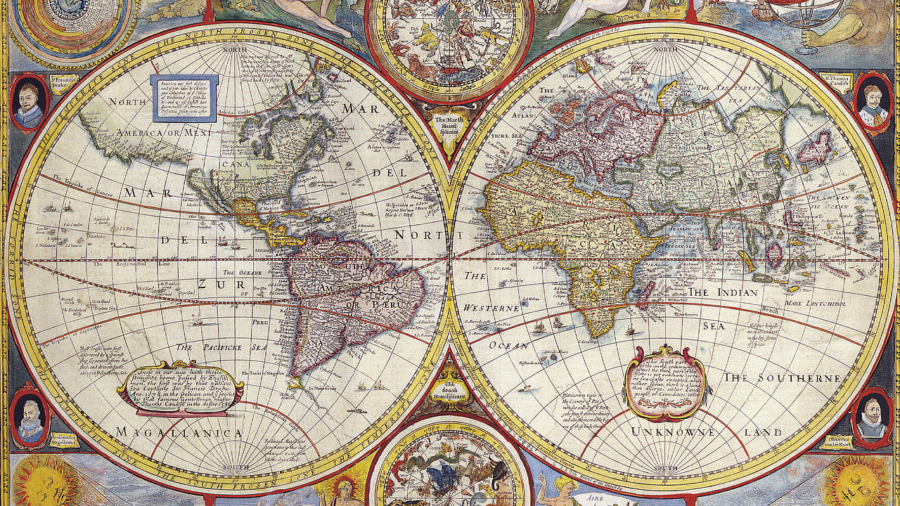
With new scientific discoveries being made every day here on Earth, there’s no telling what secrets of the planets’ history we’ll soon unlock. Whether it’s the discovery of dissolved supercontinents such as Argoland, the existence of alien worlds swirling in the Earth’s mantle, or distant discoveries in the expanse of space, scientists have been hard at work uncovering the mysteries of life before mankind.












